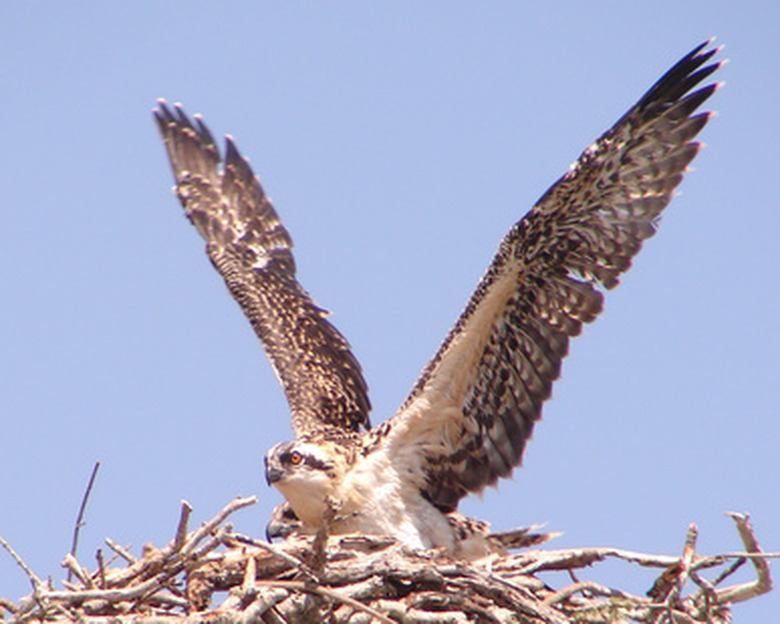How To Identify Bull Pine Trees
Bull pine is just one of many nicknames for the loblolly pine (Pinus taeda), a pine that grows throughout the deep South and as far north as the southern end of New Jersey. A bull pine also goes by the names of North Carolina pine, Rosemary pine and Oldfield pine. You will recognize a bull pine growing in the wild by its size, foliage, cones and bark.
Step 1
Search for the bull pine in many different locale types, because the tree adapts well to multiple conditions. Acidic soil in a spot that receives full sun is the optimum setting for bull pine, but the tree will occur in damp forests, among various species of hardwoods and in the fields located in the uplands of its range. Bull pine plantations exist in many parts of the South, with the tree valued and grown in large numbers for its timber.
Step 2
Look for a tree that is around 90 to 110 feet tall. The bull pine, when young, will have branches on its lower trunk, but the older individuals will often have no branches for as far as halfway up the trunk.
- Bull pine is just one of many nicknames for the loblolly pine (Pinus taeda), a pine that grows throughout the deep South and as far north as the southern end of New Jersey.
- Acidic soil in a spot that receives full sun is the optimum setting for bull pine, but the tree will occur in damp forests, among various species of hardwoods and in the fields located in the uplands of its range.
Step 3
Examine the needles of bull pine carefully, measuring them and feeling them. Bull pine has 4-inch to 9-inch needles that grow three to a bundle as they emerge from the branches. The bull pine needle is stiff and bluish-green. The ends are sharp and the foliage will stay evergreen year round.
Step 4
Inspect any cones you discover on or around the bull pine tree. The pine cones of this particular species are as long as 6 inches, cone-shaped and have a tiny sharp spine on each scale, says the "National Audubon Society Field Guide to Trees." The cones are dull brown, have hardly any stem at all and can stay on the limbs of the tree for many seasons before they drop off.
Step 5
Study the bull pine's thick bark. The bark is grayish-brown in color, possesses furrows and scaly ridges, and like the rest of the tree, has a resinous fragrant aroma.
- Examine the needles of bull pine carefully, measuring them and feeling them.
- The cones are dull brown, have hardly any stem at all and can stay on the limbs of the tree for many seasons before they drop off.
Step 6
Observe the bird activity around the bull pine. Certain species tend to gravitate toward this type of pine, says the University of Florida Institute of Food and Agricultural Sciences website. The red crossbill is one, as it uses the seeds as its main food source. Brown-headed nuthatches will walk up and down the trunk and ospreys along with bald eagles often use this tall tree to construct large, cumbersome nests.
References
- University of Florida Institute of Food and Agricultural Sciences: Florida Forest Trees Loblolly Pine
- "National Audubon Society Field Guide to Trees"; Elbert Little; 2008
